Meta presents Proactive Detection of Voice Cloning with Localized Watermarking.
Join the discussion on this paper page.
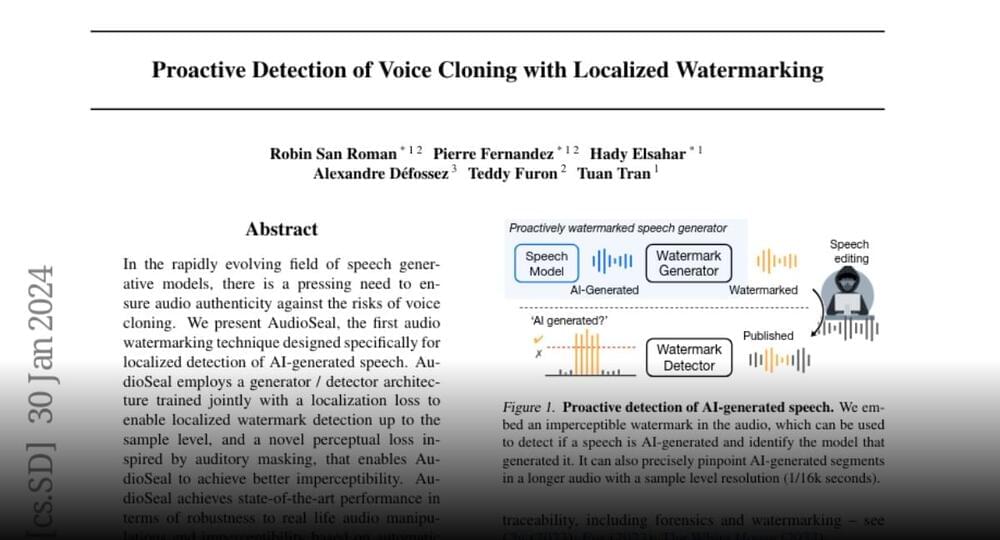
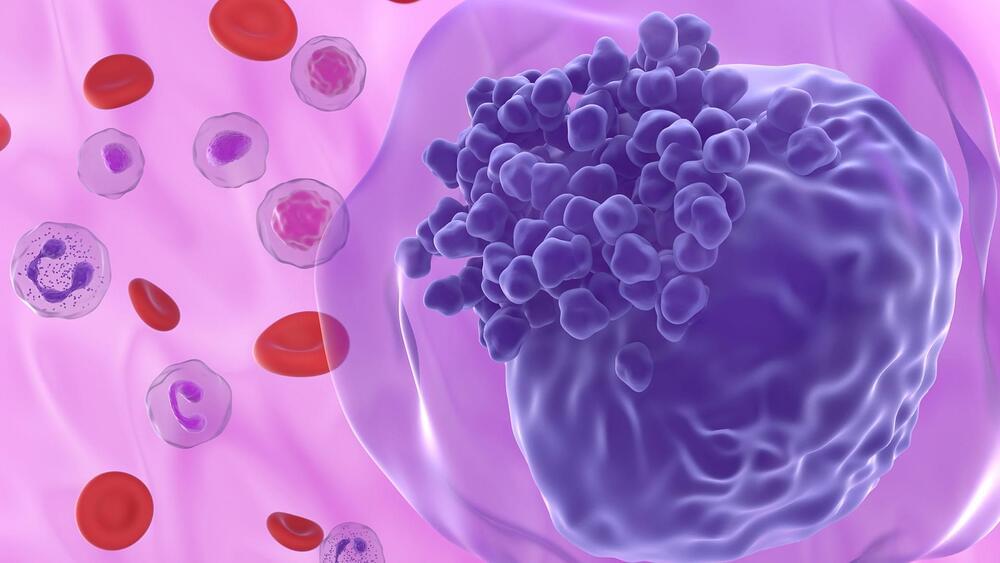
Mutated stem cells known as leukemia stem cells (LSCs) initiate and fuel the development of acute myeloid leukemia (AML), an aggressive and usually fatal blood cancer.
Researchers at Albert Einstein College of Medicine describe a promising new strategy for treating and possibly curing acute myeloid leukemia by targeting leukem.

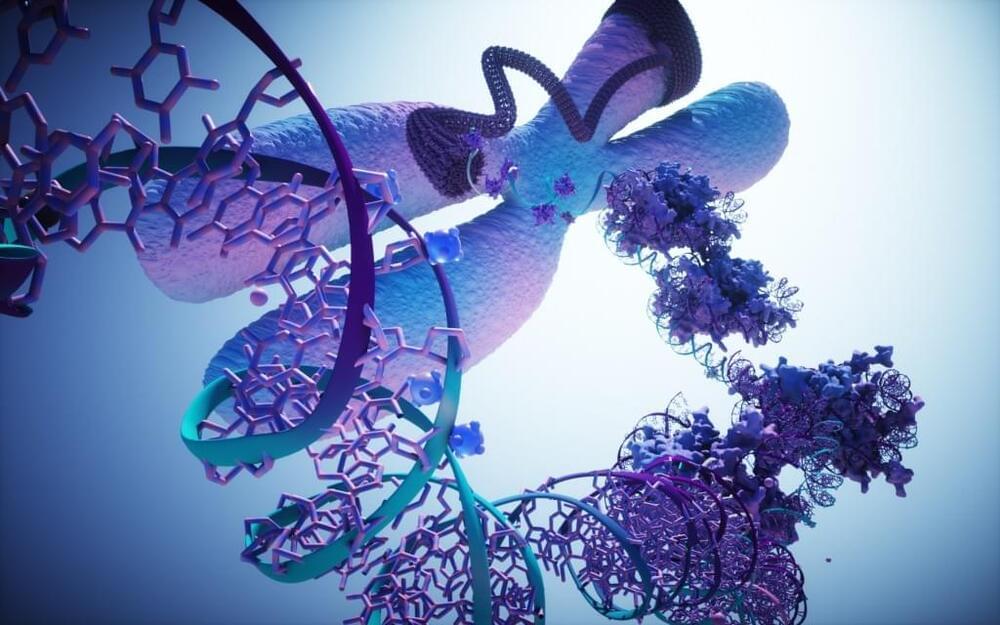
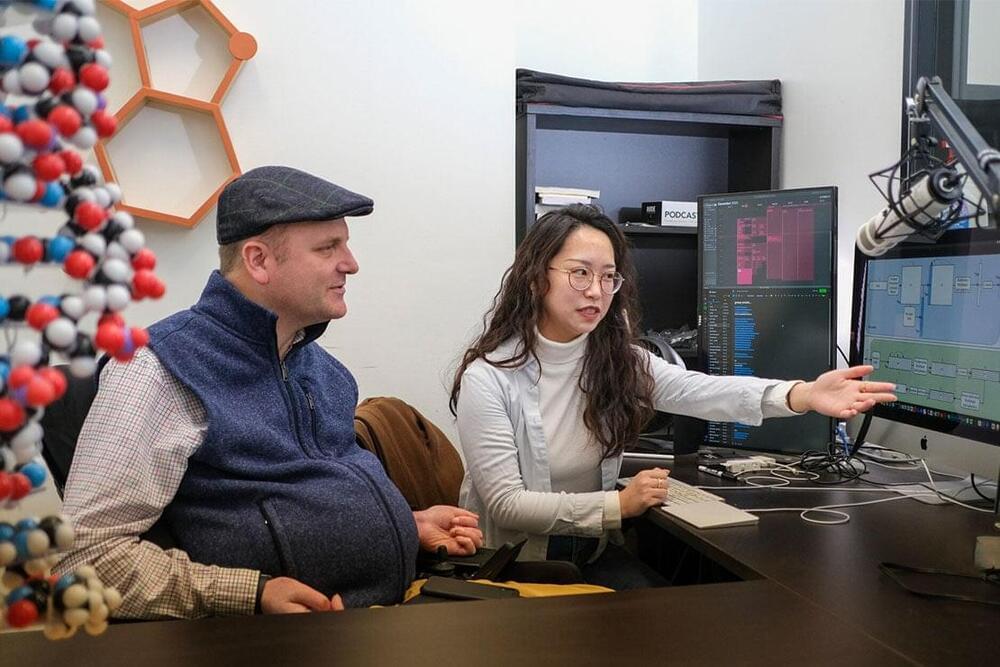
University of Toronto Engineering researchers’ AI model designs proteins to deliver gene therapy ➡️
Researchers at the University of Toronto used an artificial intelligence framework to redesign a crucial protein involved in the delivery of gene therapy.
The study, published in Nature Machine Intelligence, describes new work optimizing proteins to mitigate immune responses, thereby improving the efficacy of gene therapy and reducing side effects.
“Gene therapy holds immense promise, but the body’s pre-existing immune response to viral vectors greatly hampers its success. Our research zeroes in on hexons, a fundamental protein in adenovirus vectors, which – but for the immune problem – hold huge potential for gene therapy,” says Michael Garton, an assistant professor at the Institute of Biomedical Engineering in the Faculty of Applied Science & Engineering.
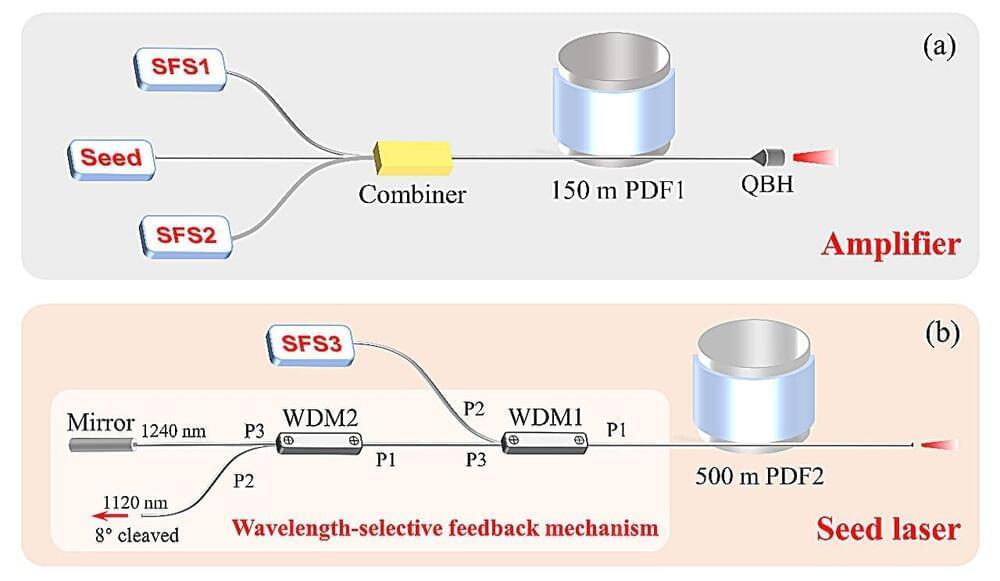
Laser sources operating at the 1.2 μm wavelength band have some unique applications in photodynamic therapy, biomedical diagnosis and oxygen sensing. Additionally, they can be adopted as pump sources for mid-infrared optical parametric generation as well as visible light generation by frequency doubling.
Laser generation at 1.2 μm waveband has been achieved with different solid-state lasers including semiconductor lasers, diamond Raman lasers, and fiber lasers. Among these three types, the fiber laser thanks to its simple structure, good beam quality, and operation flexibility, is a great choice for 1.2 μm waveband laser generation.
Researchers led by Prof. Pu Zhou at National University of Defense Technology (NUDT), China, are interested in a high power fiber laser at 1.2 μm waveband. Current high power fiber lasers are mostly ytterbium-doped fiber lasers at 1 μm waveband, and the maximum output at 1.2 μm waveband is limited at 10-watt level.
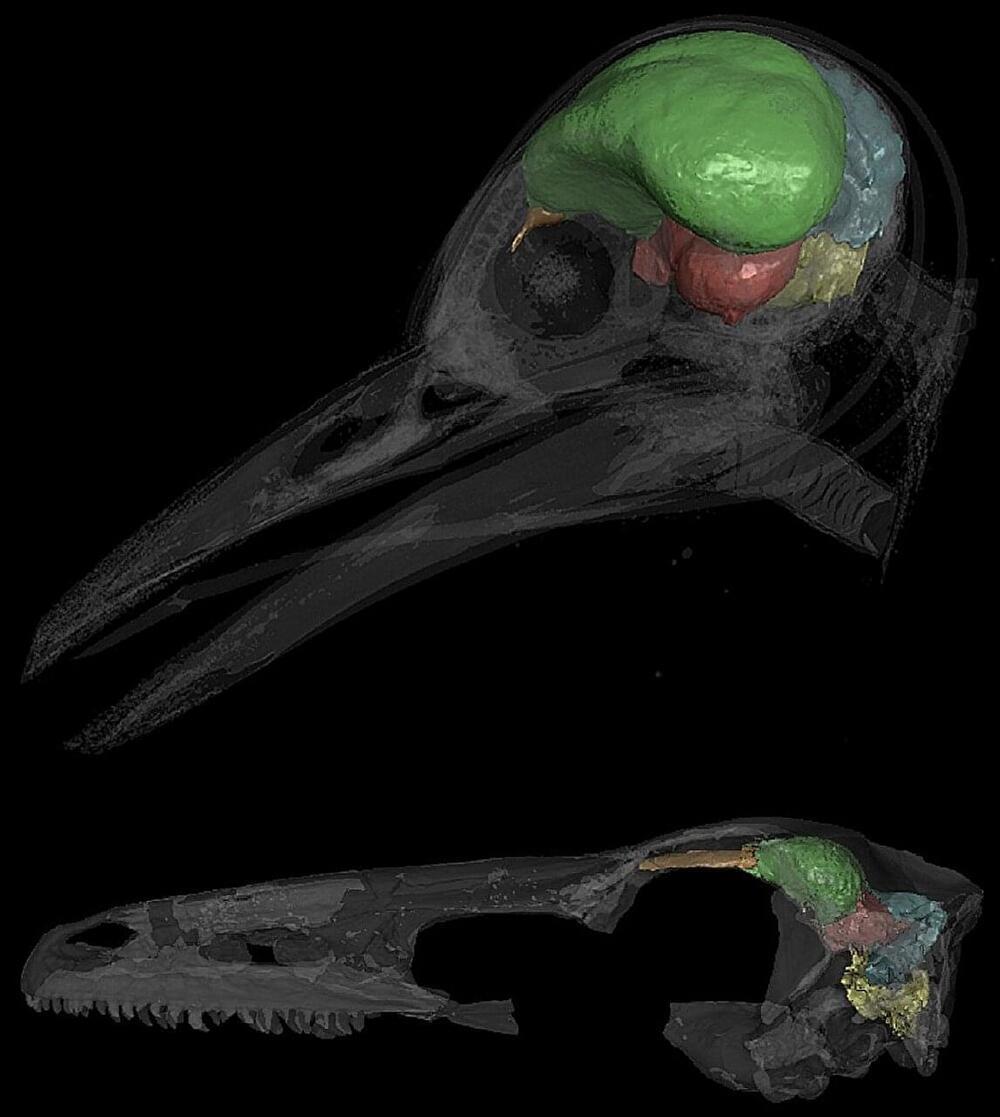
Evolutionary biologists at Johns Hopkins Medicine report they have combined PET scans of modern pigeons along with studies of dinosaur fossils to help answer an enduring question in biology: How did the brains of birds evolve to enable them to fly?
The answer, they say, appears to be an adaptive increase in the size of the cerebellum in some fossil vertebrates. The cerebellum is a brain region responsible for movement and motor control.
The research findings are published in the Jan. 31 issue of the Proceedings of the Royal Society B.
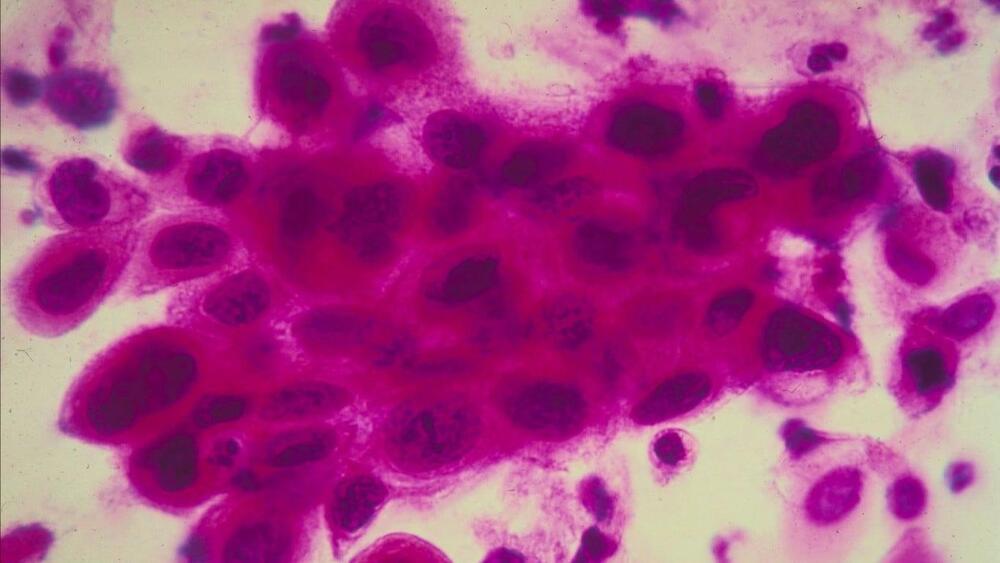
RN, BSN, breelyn wilky, MD, denise castillo, tessa mcspadden, stephanie hill, MA, CCRP, and tiffany cull.
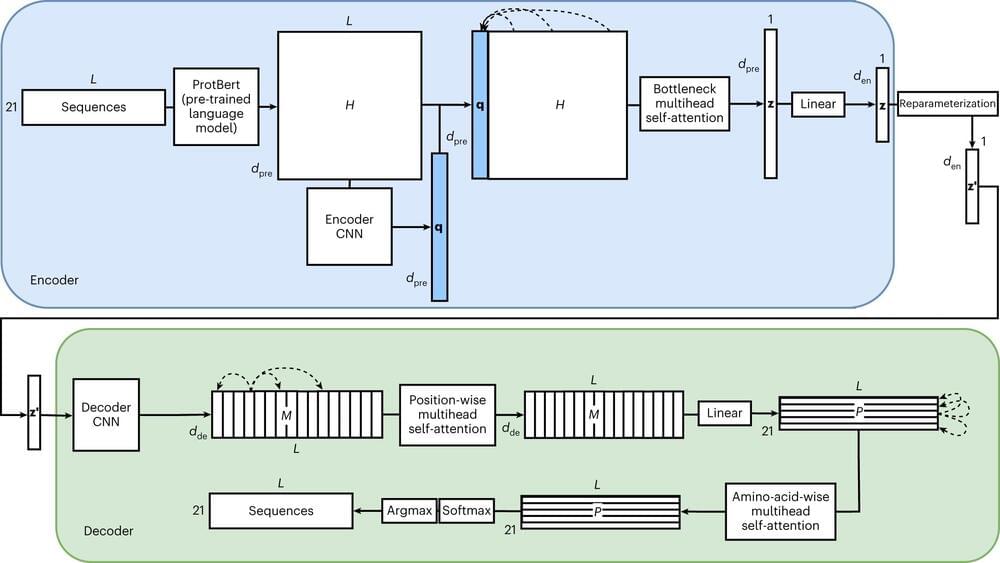
Researchers at the University of Toronto have used an artificial intelligence framework to redesign a crucial protein involved in the delivery of gene therapy.
The study, published in Nature Machine Intelligence, describes new work optimizing proteins to mitigate immune responses, thereby improving the efficacy of gene therapy and reducing side effects.
“Gene therapy holds immense promise, but the body’s pre-existing immune response to viral vectors greatly hampers its success. Our research zeroes in on hexons, a fundamental protein in adenovirus vectors, which—but for the immune problem—hold huge potential for gene therapy,” says Michael Garton, an assistant professor at the Institute of Biomedical Engineering in the Faculty of Applied Science & Engineering.